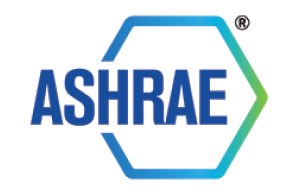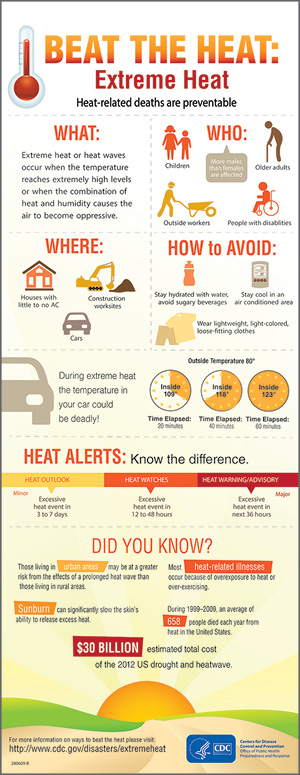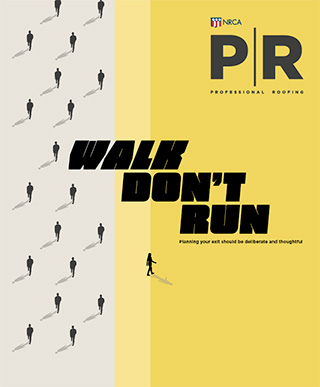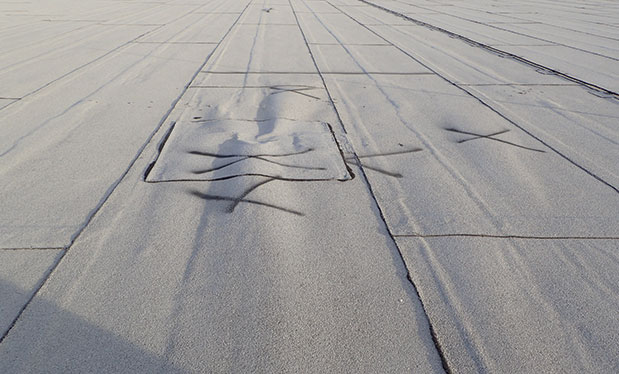ASHRAE installs 2024-25 leadership
 |
ASHRAE has installed its 2024-25 leadership, including its president, executive committee officers and directors.
M. Dennis Knight will serve as the organization’s 2024-25 president. During his inaugural presidential address, Knight introduced the theme for his term: “Empowering Our Workforce: Building a Sustainable Future.” The theme highlights the impact the industry is making to address climate change, sustainable development, indoor air quality and new technologies.
The full list of officers and directors is available at ashrae.org.
CDC partners with NOAA to offer heat resources
 |
The Centers for Disease Control and Prevention recently launched a Heat and Health Initiative to help protect workers from dangerous conditions, according to Safety+Health magazine.
The initiative includes three resources: the HeatRisk Forecast Tool, HeatRisk Dashboard and newly developed clinical guidance.
The HeatRisk Forecast Tool was developed in partnership with the National Oceanic and Atmospheric Administration and features a seven-day national heat forecast to alert workers to potentially harmful conditions.
The HeatRisk Dashboard integrates the forecast tool with other data, including local air quality, to inform workers regarding how best to protect themselves when outdoor temperatures are high and could affect their health.
The clinical guidance is designed to give medical professionals insights that can help keep at-risk individuals safe when heat and air quality reach dangerous levels.
The resources aim to provide information to help people protect themselves in the heat and can be accessed at cdc.gov.
NRCA’s heat safety resources also are available at nrca.net/safety/heat-illness-prevention.
How technology can help improve construction safety
Safety is crucial in the construction industry, and implementing technology and innovation can help reduce risk.
Construction Dive shares the following examples of technologies that can contribute to safety in the construction industry.
- Wearables. Smart helmets, vests and wristbands have sensors that can monitor vital signs; detect hazardous substances; provide real-time alerts in case of accidents; and track workers’ movements to prevent collisions.
- Virtual reality/augmented reality. VR and AR platforms can be used for immersive safety training simulations, allowing workers to practice handling hazardous situations in a controlled environment.
- Drones. Unmanned aerial vehicles with cameras and sensors can conduct surveys of job sites to identify potential hazards, monitor progress and inspect hard-to-reach areas without risking worker safety.
- Artificial intelligence. AI-powered algorithms can use data from sensors, cameras and other sources to predict safety incidents before they occur; schedule maintenance tasks; and automate safety inspections.
- Building information modeling. This software allows architects, engineers and construction teams to create digital models of buildings and infrastructure projects that can simulate construction processes, identify safety hazards and plan logistics more efficiently.
- Robotics. Robotic systems can perform repetitive or dangerous tasks such as heavy lifting and demolition with precision and consistency in hazardous environments.
- 3D printing/additive manufacturing. 3D printing can be used to create custom safety equipment, tools and building materials tailored to specific project requirements.
- Predictive analytics. Applying predictive analytics to historical safety data can identify trends and risk factors associated with workplace accidents; the information can be used to prevent future incidents.
- Remote monitoring and telepresence. These allow supervisors to oversee construction activities and provide real-time guidance to workers from a centralized location.
- Exoskeletons. Wearable robotic devices can help reduce the risk of musculoskeletal injuries by providing support and assistance to workers when performing physically demanding tasks.



